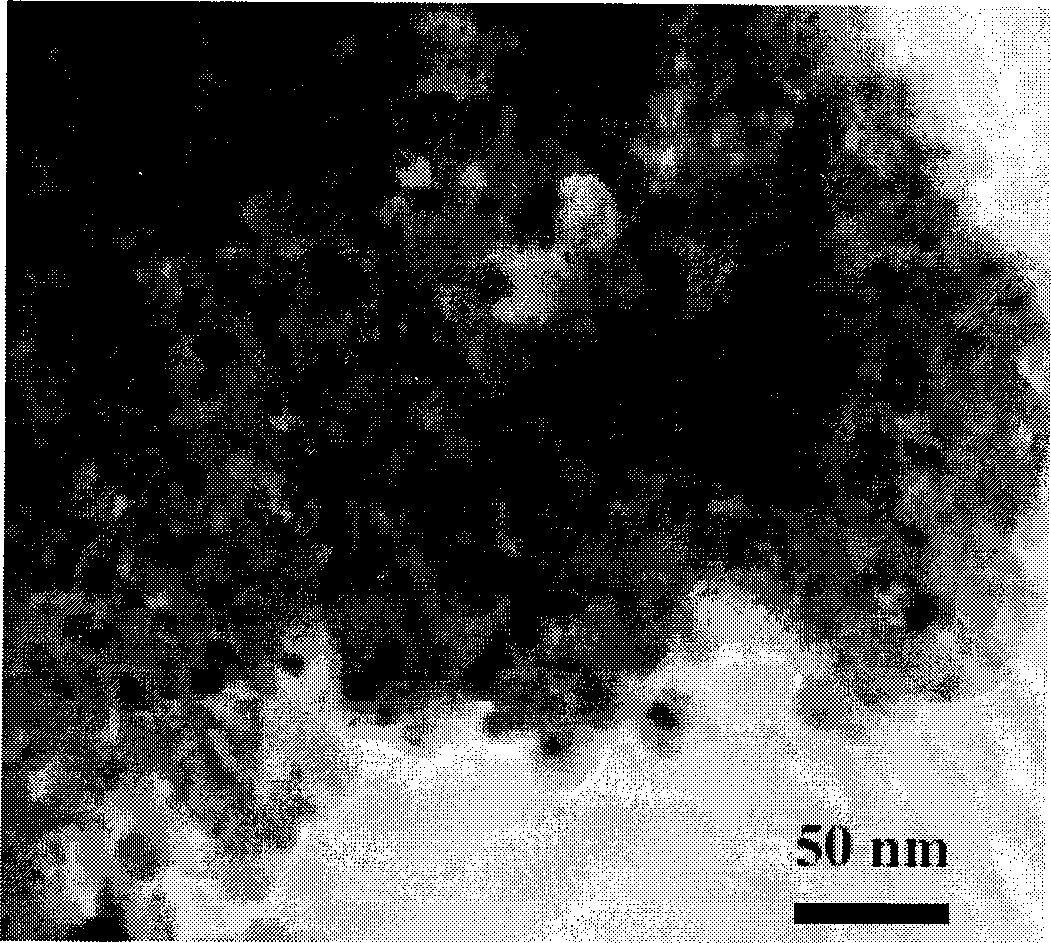Sodium-base lithium ion secondary battery anode material and method of manufacturing the same
A secondary battery and positive electrode material technology, applied in the direction of battery electrodes, circuits, electrical components, etc.
- Summary
- Abstract
- Description
- Claims
- Application Information
AI Technical Summary
Problems solved by technology
Method used
Image
Examples
Embodiment 1
[0020] The sources of the reaction raw materials are as follows: sodium fluoride (NaF), produced from Tianjin No. 3 Chemical Reagent Factory, ammonium metavanadate (NH4 VO 3 ), produced by China Pharmaceutical Group Shanghai Chemical Reagent Company; ammonium hydrogen phosphate (NH 4 h 2 PO 4 ), produced from Tianjin Damao Chemical Reagent Factory; citric acid (C 6 h 8 o 7 ·H 2 O), produced in Beijing Chemical Plant.
[0021] Select the above NaF, NH 4 VO 3 , NH4H 2 PO 4 and citric acid as raw reagents. NaF, NH 4 VO 3 , and NH4H 2 PO 4 The molar dosage is 0.015mol, 0.010mol, 0.010mol respectively, corresponding to Na + :V 5+ :PO 4 3- :F - The molar ratio is 3:2:2:3.
[0022] Add the above raw materials to 120ml of distilled water, and at a constant temperature of 80°C, add 2.10g of citric acid (equivalent to a molar ratio of citric acid to ammonium metavanadate of 0.8:1) while stirring, and stir until a paste gel forms. acid complex.
[0023] Put the citr...
PUM
| Property | Measurement | Unit |
|---|---|---|
| electrical conductivity | aaaaa | aaaaa |
| particle size | aaaaa | aaaaa |
| diameter | aaaaa | aaaaa |
Abstract
Description
Claims
Application Information
 Login to View More
Login to View More - R&D
- Intellectual Property
- Life Sciences
- Materials
- Tech Scout
- Unparalleled Data Quality
- Higher Quality Content
- 60% Fewer Hallucinations
Browse by: Latest US Patents, China's latest patents, Technical Efficacy Thesaurus, Application Domain, Technology Topic, Popular Technical Reports.
© 2025 PatSnap. All rights reserved.Legal|Privacy policy|Modern Slavery Act Transparency Statement|Sitemap|About US| Contact US: help@patsnap.com



